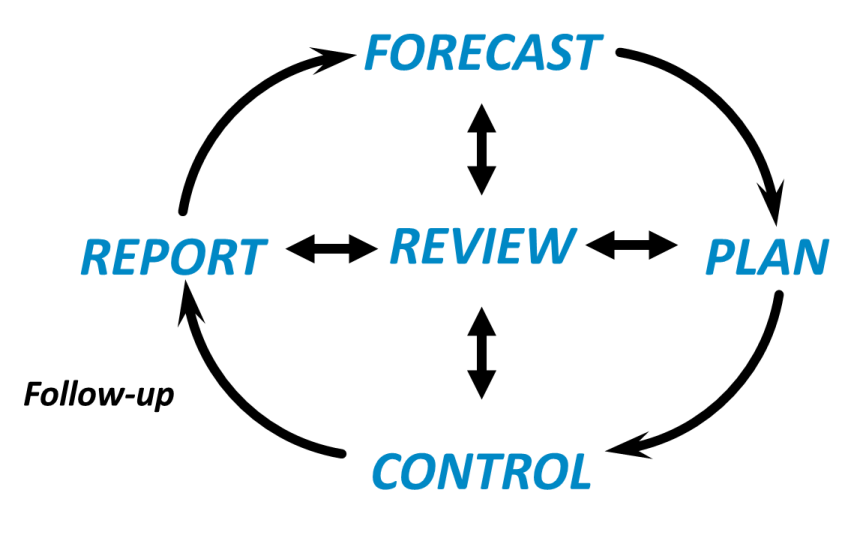“Jobs take as long as they take”
- August 18, 2016

Within the transport sector, operators are under increasing pressure to reduce cost. Train franchises are becoming extremely competitive and the last 12 months has seen falling margins for many bus operators. As pressure on margin builds, those responsible for large maintenance or production operations are being tasked with improving productivity and taking cost out. Whilst simply reducing headcount is the obvious option, this does not deliver performance improvement and is therefore not a sustainable solution. So how do we maintain, or even increase, service whilst reducing levels of resource?
It is not uncommon to see transport maintenance operations struggle with high overtime costs, poor productivity, repeat failures and high rates of no fault found diagnosis. Vehicle availability and passenger service is negatively impacted and, in some cases, punitive financial penalties are incurred for SLA failure. In addition to these challenges there is a need to reduce cost. Lessening headcount without improving productivity will simply result in less work being completed, or jobs being rushed and therefore affecting quality. Consequently, overtime increases to keep up with maintenance regimes or a backlog builds up, potentially leading to SLA’s being missed. In addition, as quality falls, rework increases, creating further workloads.
Maintenance operations often have a lack of robust operational controls to measure engineer performance. In addition, there are usually a number of depots, each operating in their own way, making it difficult to compare performance on a like-for-like basis. Without a standard platform and base, how can we quantify the opportunity for operational improvement, and identify the potential for cost reduction?
For many years maintenance operations have been faced with an attitude of “jobs take as long as jobs take”. Supervisors typically don’t have the tools at their disposal to identify poor performance and take action to deal with the issues. Standard job times are needed to firstly calculate the resource required to meet workloads, but also compare actual performance against these standards. Through reviewing performance on a task-by-task basis, we can start to capture the issues impacting productivity and resolve them, thus driving wastage out.
Productivity is typically measured, somewhat crudely, by jobs per man, per man day. This does not provide a measure of true productivity, as it depends on how long each job should take. To capture true productivity you need to combine utilisation with effectiveness (time taken versus standard job time). Using this ratio, poor productivity can only be caused by not having enough work, or issues extending job completion times. By capturing and resolving the issues impacting productivity, you can drive out the causes of wastage within an operation.
Driving productivity in a sustainable manner provides the opportunity to reduce headcount whilst maintaining levels of service. In order to achieve this, you need a system. The model below summarises, at a high level, a Management Operating System – a closed loop tool used to drive out wastage, create capacity and deliver continuous improvement.
Much has been said about the performance of the England football team in the recent Euro 16. An underachieving England are left scratching their heads as to what went wrong. Initial reviews have pointed to lack of a system within which to operate, whereas Wales clearly played to their strengths within their system and overachieved. There is a lot to be said about an effective system!
